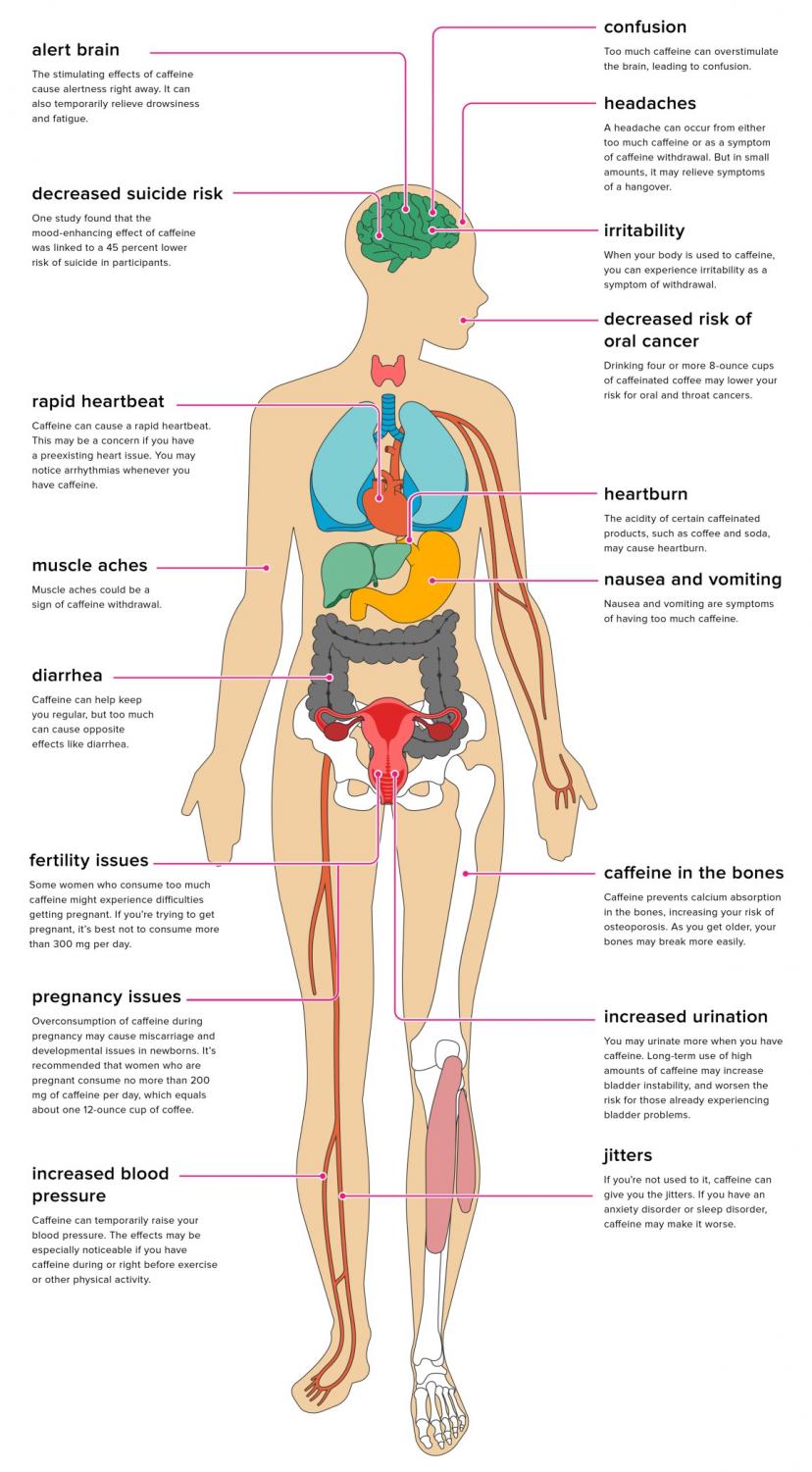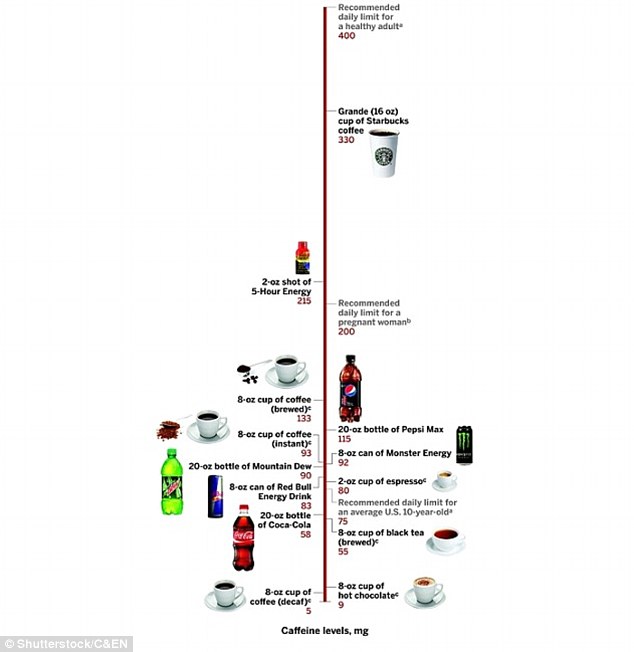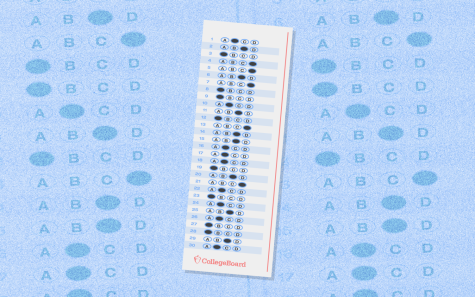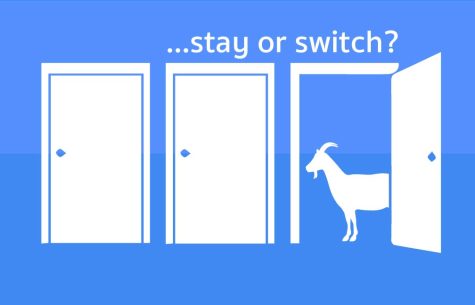A Cup of Java
Waking up for school is hard, bottom line. With homework, sports, chores, and enough time for YouTube, some part of our lives has to be allocated less time, this typically being sleep. For many teenagers, the only thing that gets them through the morning is a nice, tall glass of coffee. With this in hand and a backpack on your shoulders, you are ready to face the school day with as much will as someone can muster given that it is school. Before you know it, you’ve made it through your freshman year in a blink of an eye, the only thing allowing this to happen is coffee. And then the next year begins and the process repeats itself.

Beginning at the young age of our teenage years, too many kids have and continue to develop a sense of necessity and fundamental reliance on caffeine-infused coffee, cultivating a bond that rarely ever fades. This connection is only strengthened through the school serveries that ae stocked with caffeinated drinks ready at ease. Walking around the halls or even sitting in class, it has been the social norm to find several students drinking coffee, taught by the also fully-caffeinated teacher at the front of the classroom.
In moderation, coffee and its caffeine can be beneficial, as seen in the graphic above, providing the possibility of a decreased risk of suicide. Though in excess amounts, the stimulant can be harmful in many ways, including a rapid heartbeat, increased blood pressure, irritability, and other, more extreme symptoms, especially when mixed with certain types of medication.
According to the University of Michigan, adolescents should not have more than 100 mg of caffeine daily.

Taking into account that an 8-ounce cup of coffee has roughly 133 mg of caffeine, as displayed in the chart above, staying at a limit of 100 mg can be weary. Also considering that our school only sells 12 and 16-ounce cups, the idea of staying at or below the boundary seems to be impossible.
This is why our school should sell, at most, 8-ounce coffees. Yes, it is over the recommended consumption of coffee for teenagers; however, if the servings get to be too small, the issue of repeat purchasing through a single day could arise. In addition, ending the sale of coffee at school entirely could lead to students not paying attention in class and less money earned for the school.
Coffee continues to play a vital part in many lives, both good and bad. By reducing the size of coffee sold, we can effectively take advantage of the benefits of coffee while diminishing its toxic influence on teenagers.

Hi, my name is Natasha Mehta and I am a Staff Writer on the Hawkeye newspaper. I am a sophomore and this is my 1st year on staff. Outside of the Hawkeye,...










